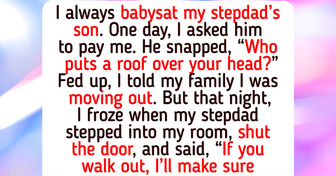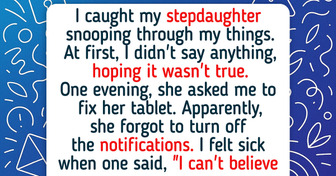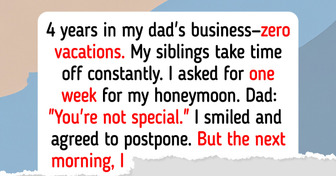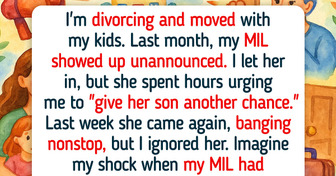My MIL Rearranged My House While I Was at Work—So I Made My Own Move

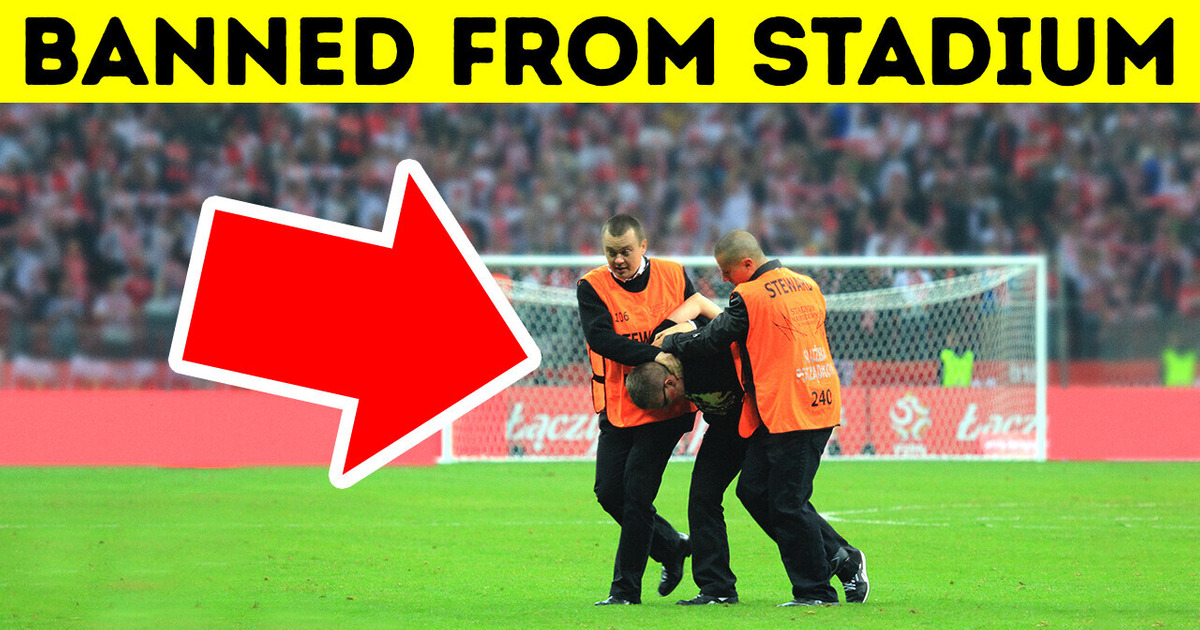
A Yankees fan nicknamed “Neon Shirt Guy” was banned from his favorite stadium for life for repeatedly moving up to the most expensive section without having the ticket. He became famous for wearing the same neon shirt and getting the best spot to be caught on camera. He would add humorous or supportive messages to his tees, for example: “Don’t Boo Stanton” to cheer up Giancarlo Stanton. How thoughtful!

Neon Shirt Guy’s behavior is one of the sure ways to get banned from a stadium, although it’s actually not as easy as it might seem. If you, for some reason, want to have that experience, you’d need to really shock the stadium’s management. One option is to get involved in or start a brawl, another one is to run onto the field. You could also try buying a bunch of tickets online and then reselling them at some crazy high price to other fans. Bringing flares or fireworks to the stadium, yelling obscenities, or throwing objects onto the field are some more sure ways never to see your favorite team in person again. At least at home. Maybe.
You see, teams mostly have the freedom to decide who can stay and who has to go, so there’s no universal list of offenses that are guaranteed to cause a ban. Sometimes, it leads to interesting situations. A fan could be banned from all events at a certain arena, including concerts. And another fan could be banned from the home stadium of their favorite team but still allowed to watch them play at other grounds. In 2015, the NFL officially banned fans who aren’t welcome at the home stadium from following the team elsewhere.

Fans who’ve been caught doing something that’s worthy of a ban are taken to a separate area. There, they sign a contract to acknowledge that they agree to a ban before getting banished. It’s an important part of the process because this contract might be later used in court if the rowdy fan tries to sneak back to the stadium later. Some stadiums also take photos of those fans with their contracts to make them feel even more guilty and also to present those photos to security guards. But, it doesn’t stop some fans from invading the pitch.
In 2011, Havant & Waterlooville were playing with Dorchester. Fans of both of these English football clubs witnessed a fun pitch invasion. A guy wearing a mankini and wig was running around until he was tackled to the ground by Dorchester player-manager Ashley Vickers. Instead of hearing “thanks” for what he did, Vickers got a red card, which left him really surprised.
Another fan nicknamed Jimmy Jump became an international celebrity for invading several major events, from Eurovision Song Contest to Formula 1 and UEFA games. The total amount of fines he has to pay out is over $200,000. At the 2004 UEFA Euro final, he threw an FC Barcelona flag at team Portugal’s captain, who had left that club to play for their main rivals. Moments before the 2010 FIFA World Cup Final in South Africa, Jimmy Jump ran out on the field and tried to put a barretina, a traditional Mediterranean hat, on the trophy.

The security guards stopped him. It’s rather easy to catch a rowdy fan and impose the ban, but enforcing it is a different thing. There are no official statistics on how many banned fans still manage to get into stadiums, but according to security experts, it’s far from impossible. Some banned fans buy tickets using their friends’ cards. In this case, though, their friends are also legally responsible if the banned fan gets caught.
They can also try putting on some sort of camouflage to hide their faces to sneak back in. Stadium security does have access to a database of those bad guys. But once there’s a crowd of fans rushing through the gates, they’re more focused on preventing potential serious threats from getting in rather than playing hide-and-seek with a bunch of hooligans.
To solve the problem, stadiums could run cross-checks on all credit cards used to pay for tickets to single out those fans who ask their friends to do it for them. Second, face recognition technology could save the day. Stadium security experts believe it’s still a few years away from universal use because this tech is super expensive. But it’s working effectively so far at airports, some concerts, and other public places to single out suspicious intruders.
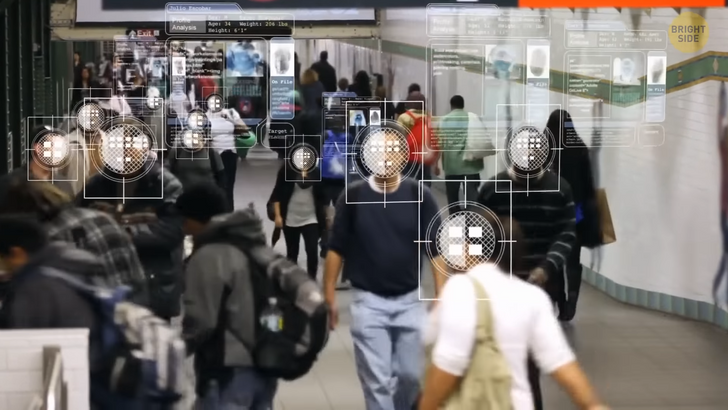
Now that this technology is being adopted in some major arenas, it has raised privacy concerns. On the bright side, and we are, you could be walking inside the stadium without a ticket because the camera would know exactly who you are. And, you wouldn’t need to pull out your card to pay for a hot dog — the cam would recognize you and charge your account. The system wouldn’t store information on regular visitors after the game but would single out the intruders. Some big football stadiums in the US hire so-called moles or covert security personnel in the outdoor stands to spot those trying to bypass the ban. They sometimes wear the jerseys of the opposing team to be less suspicious.
But their magic doesn’t work on a certain category of pitch invaders: the animals. Every now and then, dogs and cats make their epic appearances, adding extra time to the game. Squirrels and birds are among the more exotic pitch invaders. Once, a pine marten ran out onto the pitch during the Swiss Super League game. The animal caused real chaos and bit the Zurich defender, Loris Benito. The only person who managed to stop it was the gloved Zurich goalkeeper.
The Euro 2016 final game between France and Portugal in the outskirts of Paris will not go down in history as the most exciting game of soccer. But everyone who was present there and millions of people following it online will remember thousands of moths that invaded the stadium before kick-off. The ground staff made a mistake leaving the floodlight on overnight. Those lights attracted a huge amount of moths, which covered the pitch, stand, and ad boards. They even dared to attack Cristiano Ronaldo himself!

So, let’s suppose you’ve managed to convince your friend to buy you a ticket and sneak past the guards with your fake mustache. What’s the worst that can happen to you if you get caught in the end? Each stadium and sports league has its own rules regarding what to do. The NFL is pretty strict about it, so if you’re removed and banned from one of their stadiums, you’re also barred from all others.
Stadiums that are part of Major League Baseball often issue multi-year bans. Sometimes the bans are indefinite or last a lifetime. After which, they’ll let you back in. Nah, just kidding. In the English Premier League, fans who invade the pitch, bring a flare to the stadium, or do other similar things don’t go to jail but may be issued a Football Banning Order. If they violate it, they can actually get a six-month prison sentence.
In extreme cases, those banning orders last up to 10 years and mean that you can’t enter any football stadium in the UK and can’t attend any games of the national team, even if they happen abroad. Sometimes rowdy fans are even requested to hand over their passports. It happened to over 1,300 fans from England and Wales before the World Cup in Qatar. And, no matter what country you live in, even if you show perfect behavior when you sneak into a stadium after being banned, you might still face trespassing charges. Repeat offenders most often face hefty fines or legal action.
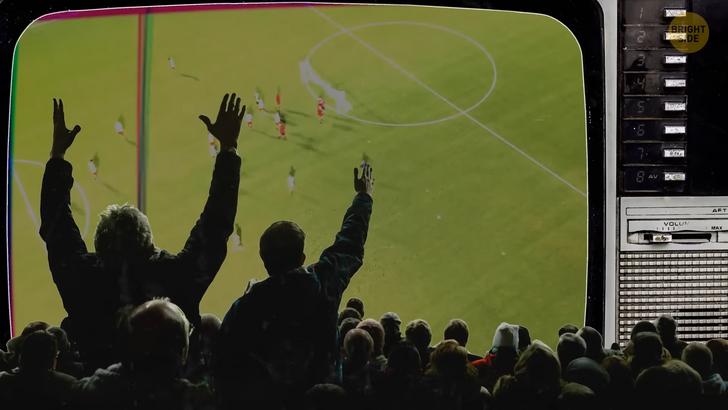
At least one playing field invasion in NFL history went unpunished. The 1958 Championship Game was between the Baltimore Colts and the New York Giants in Yankee Stadium. The crowd of 68,000 fans got a bit carried away. They somehow disconnected the NBC cable responsible for the broadcast. The game was about to be over at any moment, so they had to come up with a solution and fast.
So, NBC sent their business manager, who did stats on game days, to run up and down the field after the timeout. Officers were chasing him for a while, and it let NBC win some time and save the broadcast, missing only the first play out of the timeout. It became the first, and so far the only, NFL title game to ever end in overtime.


